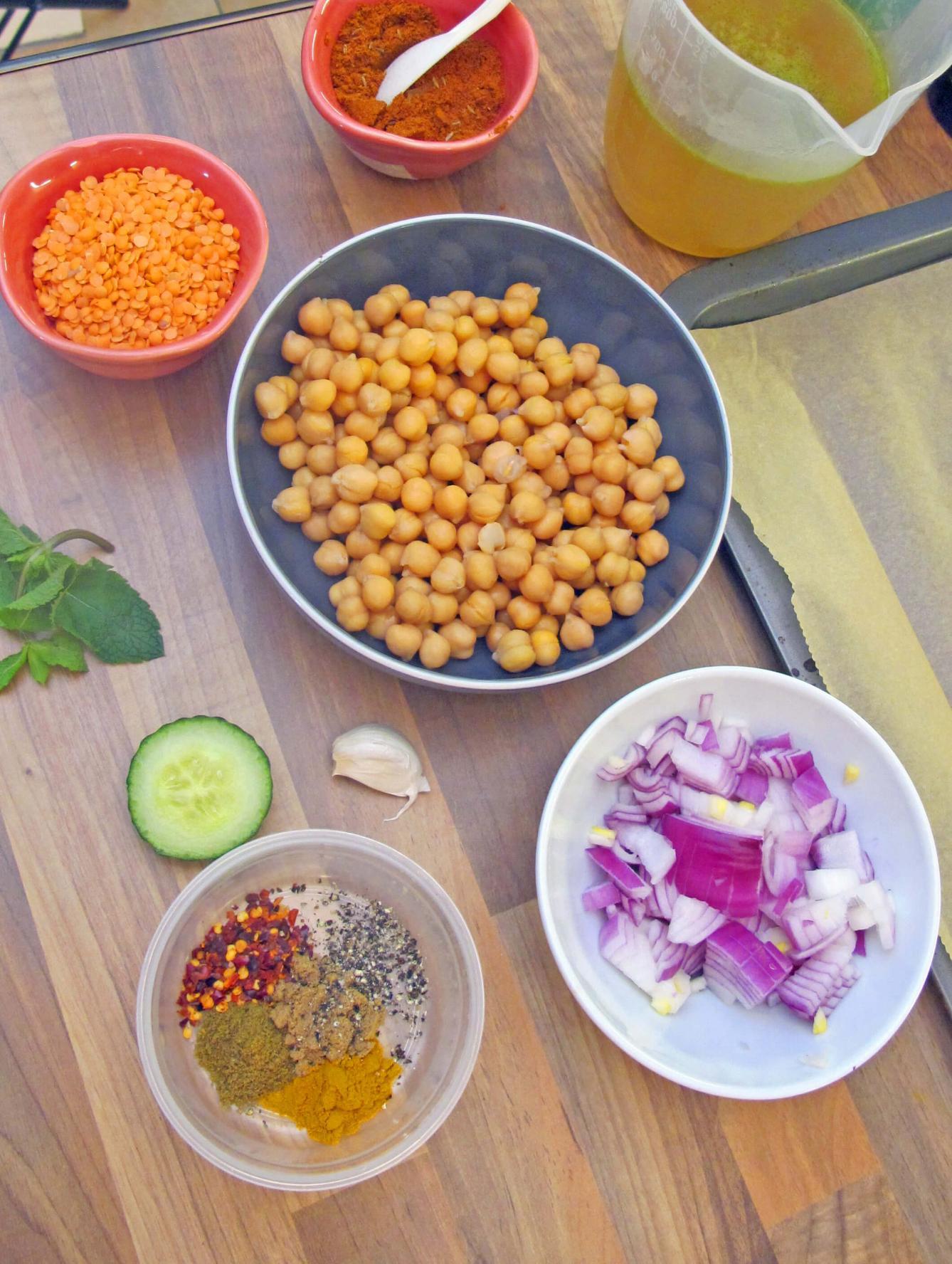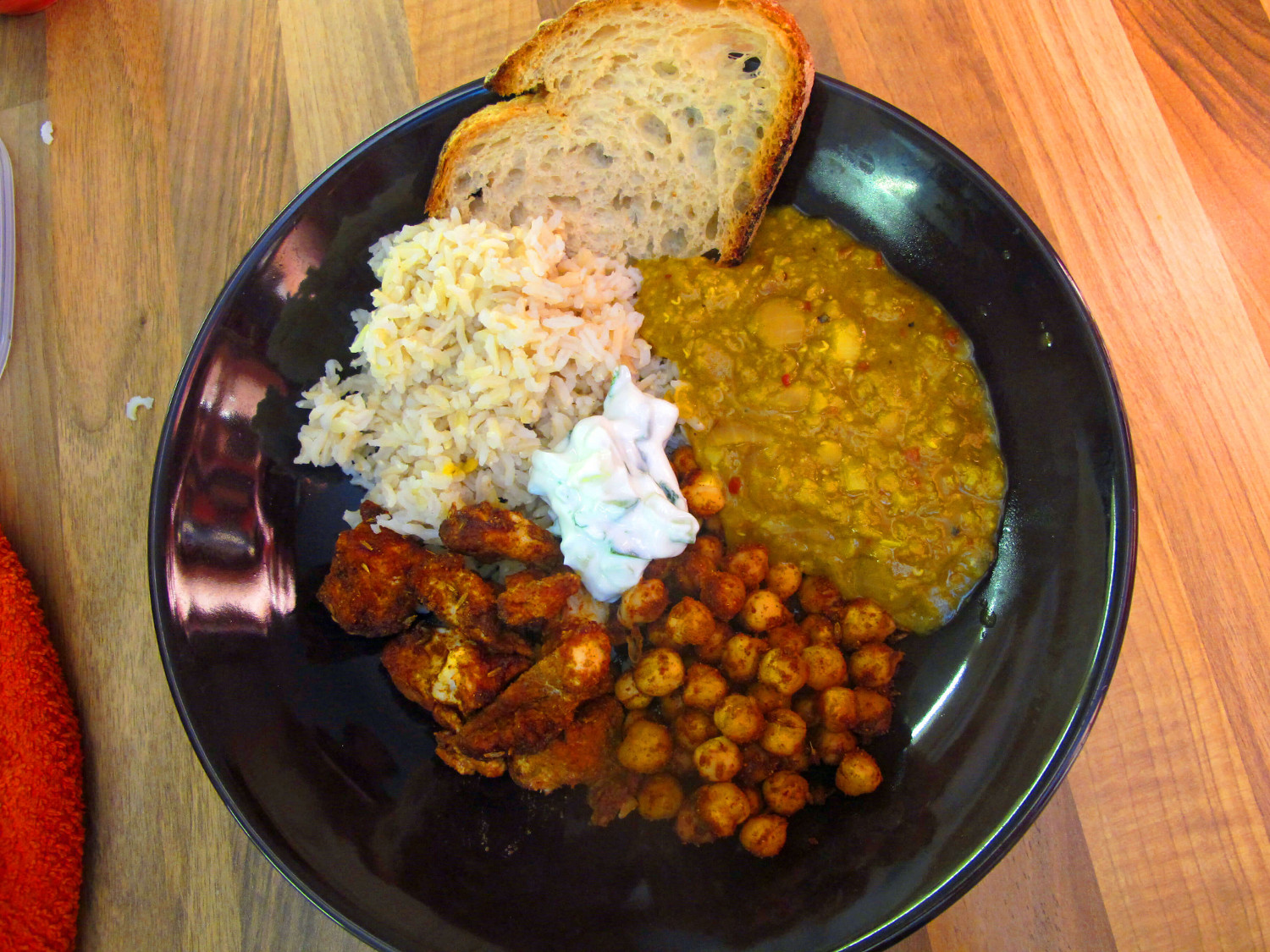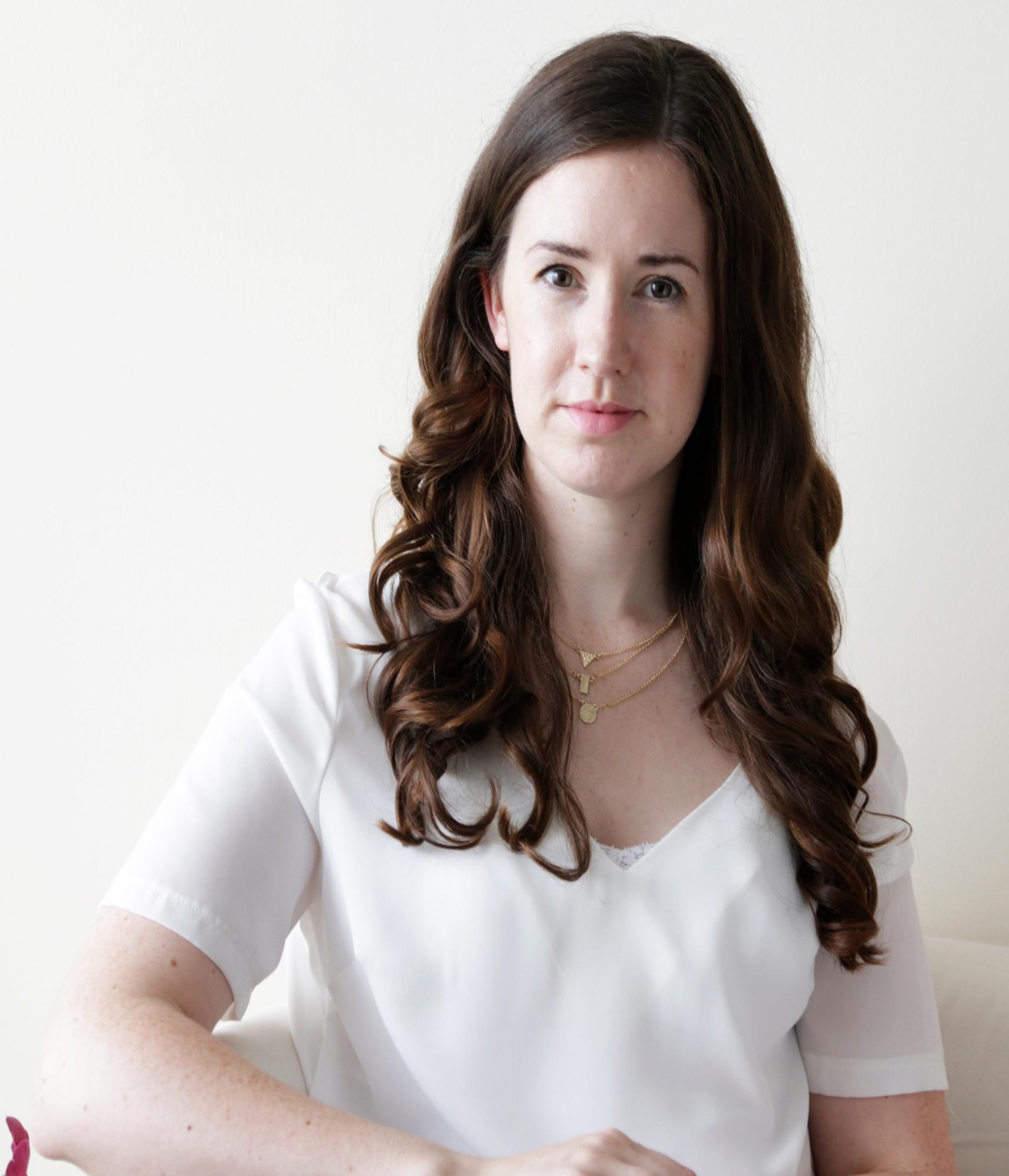Managing the Glycemic Response: Type 2 Diabetes
What is Type 2 Diabetes
Type 2 Diabetes is a condition marked by high levels of glucose in your blood. The cause of this is multifactorial, but most often is a result of your insulin levels being too low because your pancreas has stopped producing it, or too high because you are producing it but it is not performing its job. Insulin’s job is to pull glucose from the blood into the cell to be used immediately for energy or to be stored for later use. When it stops functioning efficiently, there is a consistently high level of circulating blood glucose that causes major complications if left untreated. Around 200,000 people in Ireland currently have Type 2 Diabetes, and medical management with your GP or endocrinologist is essential. Lifestyle factors play a major role in the development of Type 2 Diabetes and must also play a large part in the management of (and in some cases, reversal of) the condition.
Dietary Intervention: The Glycemic Response
The Glycemic Response describes how fast our blood sugar rises after eating a specific food. The composition of food is what makes the difference, so when you hear nutritionists and doctors talking about eating brown carbs instead of white carbs, this is usually why. White carbohydrates like white rice, white pasta, and white bread have undergone a lot of processing; they have had their outer husk stripped, most of their fibre removed, and are now quicker to digest. The glycemic response is much higher after eating white carbohydrates because we can digest them very quickly - we have very little work to do to release the glucose from the food and so blood sugar levels rise quite quickly after eating them. They’re a great option for sports nutrition, as the glucose is available within 10-15 minutes, but certainly not the preferred option when it comes to diabetes management. With brown carbohydrates like brown rice, brown pasta, and brown bread, the package is much more intact, and digestion is slower. We really have to work hard to break the glucose free from its fibrous package. It happens more slowly, and blood sugar rises much more gently after eating these foods.
 Carbohydrate isn’t the only constituent to balancing the glycemic response. Simultaneous ingestion of protein or fat with your carbohydrate also affects the overall glycemic response of the meal. Fat and protein are emptied from the stomach more slowly than carbohydrate alone, so when you combine good quality fat or protein with your carbohydrate, you slow down the speed at which the entire bolus leaves the stomach, and thus the rate at which glucose uptake occurs. This is a very simplistic description of the glycemic response following ingestion of foods, but it is essential to bear in mind when preparing your meals. If you have type 2 diabetes, or pre-diabetes, or are prone to dips in blood sugar throughout the day and experience sensations of dizziness or shakiness without food, this can be a really beneficial strategy to eating and snacking; some foods spike your blood sugar and cause a rebound dip, like a rollercoaster effect; other foods balance your blood sugar and keep things relatively steady as the day progresses. Lentils, beans, brown rice, lean chicken, greek yoghurt are all foods that are fantastic at balancing your blood sugar, and are included in this week’s recipe.
Carbohydrate isn’t the only constituent to balancing the glycemic response. Simultaneous ingestion of protein or fat with your carbohydrate also affects the overall glycemic response of the meal. Fat and protein are emptied from the stomach more slowly than carbohydrate alone, so when you combine good quality fat or protein with your carbohydrate, you slow down the speed at which the entire bolus leaves the stomach, and thus the rate at which glucose uptake occurs. This is a very simplistic description of the glycemic response following ingestion of foods, but it is essential to bear in mind when preparing your meals. If you have type 2 diabetes, or pre-diabetes, or are prone to dips in blood sugar throughout the day and experience sensations of dizziness or shakiness without food, this can be a really beneficial strategy to eating and snacking; some foods spike your blood sugar and cause a rebound dip, like a rollercoaster effect; other foods balance your blood sugar and keep things relatively steady as the day progresses. Lentils, beans, brown rice, lean chicken, greek yoghurt are all foods that are fantastic at balancing your blood sugar, and are included in this week’s recipe.
The recipe I’ve created for this video is one of my favourites. We love curry night in our house, and when you make it from scratch, it costs about 1/2 what a takeaway would cost, and takes about the same amount of time you would spend waiting on delivery. The flavours are so intense, and the mixture of textures and temperatures make it a really satisfying gourmet experience. But behind all that, knowing that it’s nutritionally sound, a great balance of complex carbohydrate, healthy fat, and lean or plant-based protein is what makes it the most satisfying. Doubling the batch and saving leftovers is a great idea, because the flavours are so much more intense the following day.
NB: If you have been diagnosed with Type 2 Diabetes and are being managed with medication, always consult with you GP, endocrinologist, nutritionist, or dietician, when undertaking a change in diet.
Dahl:
Ingredients: 1 small red onion, 2 cloves garlic, chopped, 1tbsp olive oil, black pepper and salt
75g lentils, 400-500ml veg stock
1/2 tsp each of ground cumin, ground turmeric, ground coriander, chilli flakes
Saute onion and garlic until soft. Add lentils and small amounts of stock (100mls at a time) and simmer. Add spices. Keep adding stock and simmering until lentils cooked. It should finish with the consistency of porridge, and take 20-25mins.
Baked Chicken Pieces/ Chickpeas
1 organic chicken breast/ 1 tin chickpeas, drained
1 spice packet, like a rogan josh or bombay potato
1 tbsp olive oil
While your dahl is on the hob, dice a chicken breast into little cubes. Drizzle with the olive oil and stir to coat. Shake seasoning on and stir to coat again. Line baking tray with parchment paper and bake at 190 for 25 mins. If you wish to do a vegetarian dish, use the chickpeas only. If you want to have both, go for it - chicken and chickpeas on the one tray.
Raita:
2tbsp natural greek yoghurt
1tbsp chopped cucumber
1tbsp chopped mint
Just chop the cucumber and mint, and mix into the raita.
When everything is ready, spoon out some dahl, the chicken/chickpeas, some leftover brown basmati rice from your batch cooking, and top with a dollop of raita. Half a slice of sourdough bread can be used to complete the meal if you usually fancy naan bread with your curry.
Follow us on Facebook and Twitter for more health and diet tips, advice and interesting case studies. Check back here next month for more recipes from our nutritionist. You can also explore our site for more information on health insurance options or to get a health insurance quote online today.



